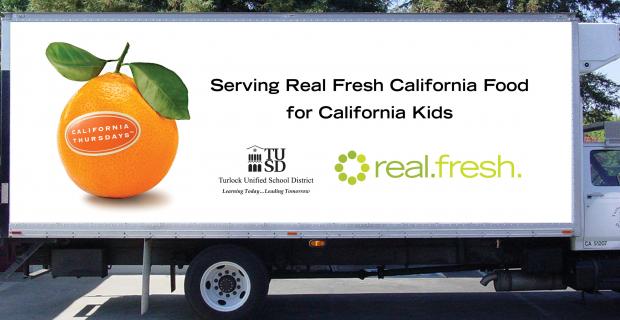Understanding the Levels of Authority for School Food Systems

The national school food system is a complex hierarchy, with responsibilities stretching from the local campus to the U.S. Congress. Here is a partial list of typical food system responsibilities.
Federal Government
- Sets reimbursement and income level requirements for national breakfast and lunch programs
- Determines minimal nutrition requirements for federally supported meals
- Creates policies for commodity foods offered to schools
State Government
- May supplement federal reimbursements
- Sets regulations for foods served in schools not participating in federal programs
- Administers food stamp nutrition education fund programs in schools
- Creates academic state-level standards and testing procedures
School Board
- Approves district operating budget
- Sets priorities for superintendent
- Approves federally mandated wellness policies for local districts
- Proposes tax measures for approval by voters
District Superintendent/Administration
- Establishes expectations and priorities for food service, guided by federal requirements (break even, maintain surplus, and so on)
- Recommends budget, may propose allocating additional funds to supplement food service income
- Determines where savings achieved by food service, such as reduced trash-hauling fees, will be applied, guided by federal requirements
- Oversees design, construction, and maintenance of kitchen facilities and resources
- Secures additional resources, such as funding to staff garden and kitchen classes
Food Service Director
- Creates and manages food service budget, determining how funds will be allocated among food purchases, personnel, equipment, and so on
- Sets menus and documents adherence to required nutritional standards
- Procures and oversees preparation of food; locates and negotiates with farmers, distributors, and vendors
- Determines food service staff roles; oversees staff training
- “Markets” food service to students and families
Principal
- Sets the tone for campus regarding openness to change and spirit of cooperation
- Determines the level of support and encouragement for faculty and staff experimentation and innovation at the school site
- With teachers, creates class schedule (e.g., amount of time for lunch, order of lunch and recess)
Teachers and Staff (sometimes constrained by union contracts)
- Choose whether and how to incorporate food and nutrition into classroom lessons
- Determine how food may be used outside of meals (for instance for treats and celebrations, or as reward and punishment), within local and state requirements
- Can model attitudes toward school food
- Usually maintain the most direct communication with parents
This chart is adapted from Michael K. Stone, Smart by Nature: Schooling for Sustainability (Watershed Media/University of California Press, 2009).




